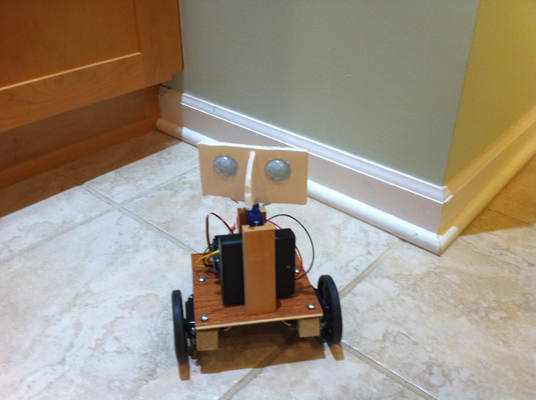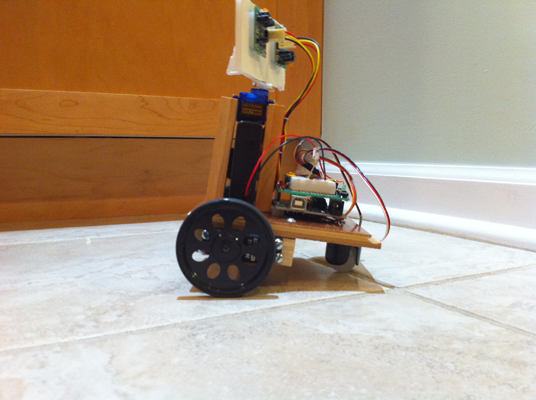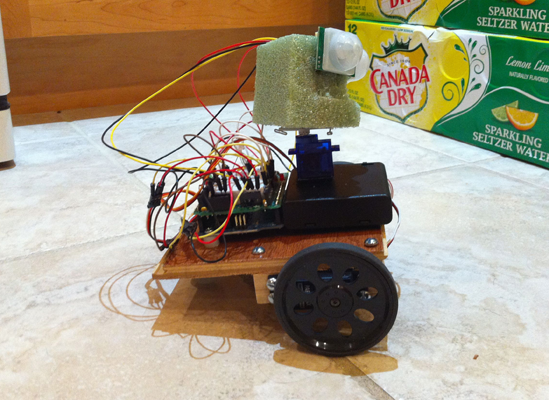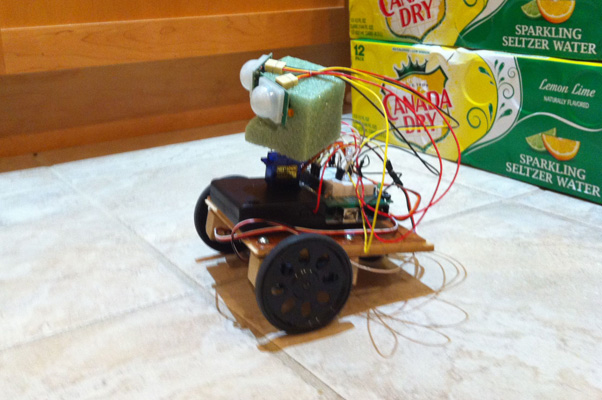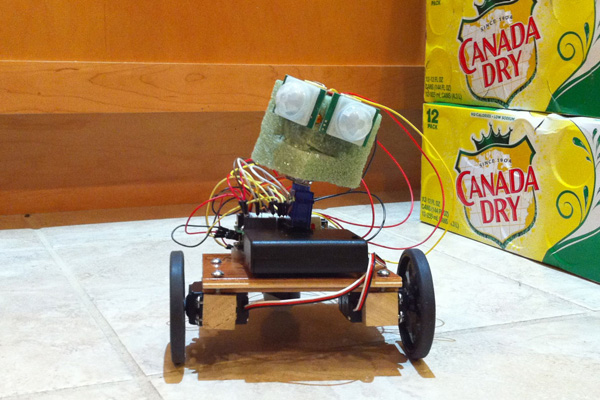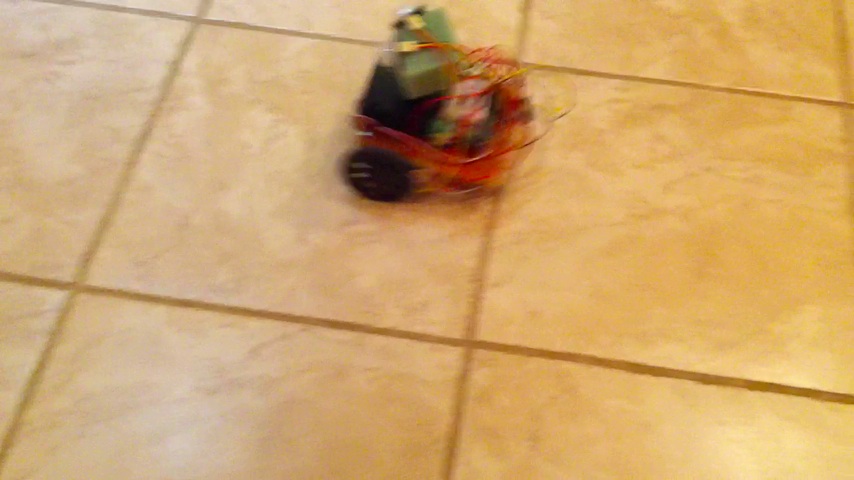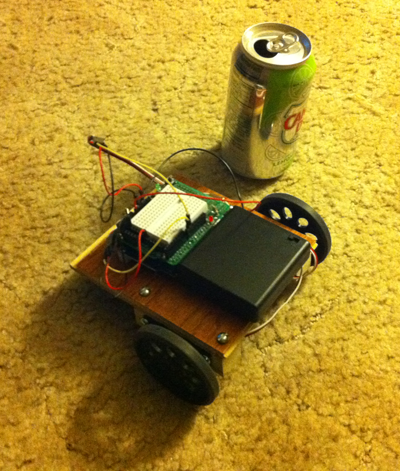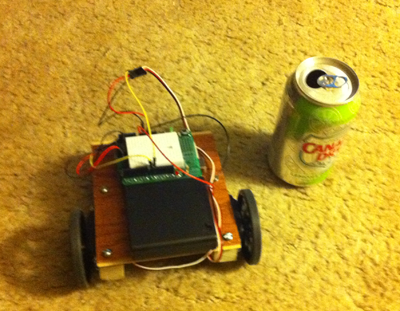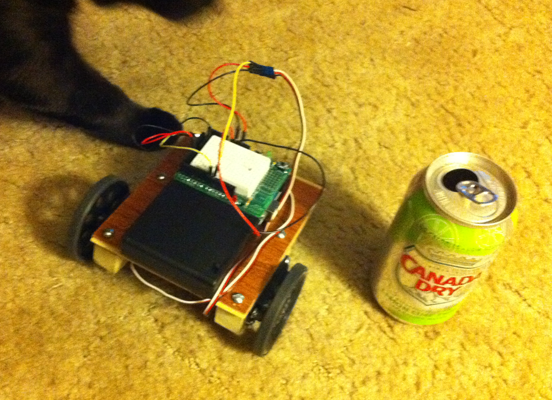So Civilization V was released on Tuesday. I played most of a game on Tuesday without reading any documentation. It was pretty fun, but I wasn’t going to win it.
Before starting another game, I’m reading other peoples’ experiences on Civ Fanatics and found Lemmy101′s experience highly amusing.
This is a very different experience than Civilization III or Civilization IV. It’s been long enough ago that I don’t really remember Civilization II.
The biggest differences are that the game is on a hex grid rather than squares or “isometrics”, which are diamond shapes and are topologically equivalent to squares, and that only one unit can occupy a tile at the end of a turn. You can pass through other non-hostile units, but you must land on an empty square. So no more stacks of doom. This feels more like those SPI games I used to play with Peter Palij back in the 1970s on hex gridded maps with units made of cardboard squares labeled as pikemen, infantry, tanks, or whatever.
Religion, which was introduced in Civilization IV is gone again. This is fine since it just meant building a bunch of extra monasteries and temples.
They’ve redone civics again. I don’t quite get the new forms, but I haven’t read anything, so that’s understandable. I’m sure it’ll all make sense after a bit of reading.
Also, they’ve introduced “city states”, which are single city non-player characters that aren’t in the game to win. Instead, you can ally with them, protect them, get benefits from being their friend, or you can conquer them. This is interesting, and I’ll have to see how it plays out.
The main thing I don’t like in the game UI, which is completely redesigned, is that hex tiles you have never seen are covered with a giant dark grey hex. It’s as if the unexplored areas are covered with a giant slate-colored glacier which melts back as you explore. Since you start with very little knowledge of the map, it looks as if you are playing in Chaco Canyon with great black walls rising around you. Strange. I’d rather just have flat black tiles, as in previous versions.
I’m nerving myself up to start another game…


